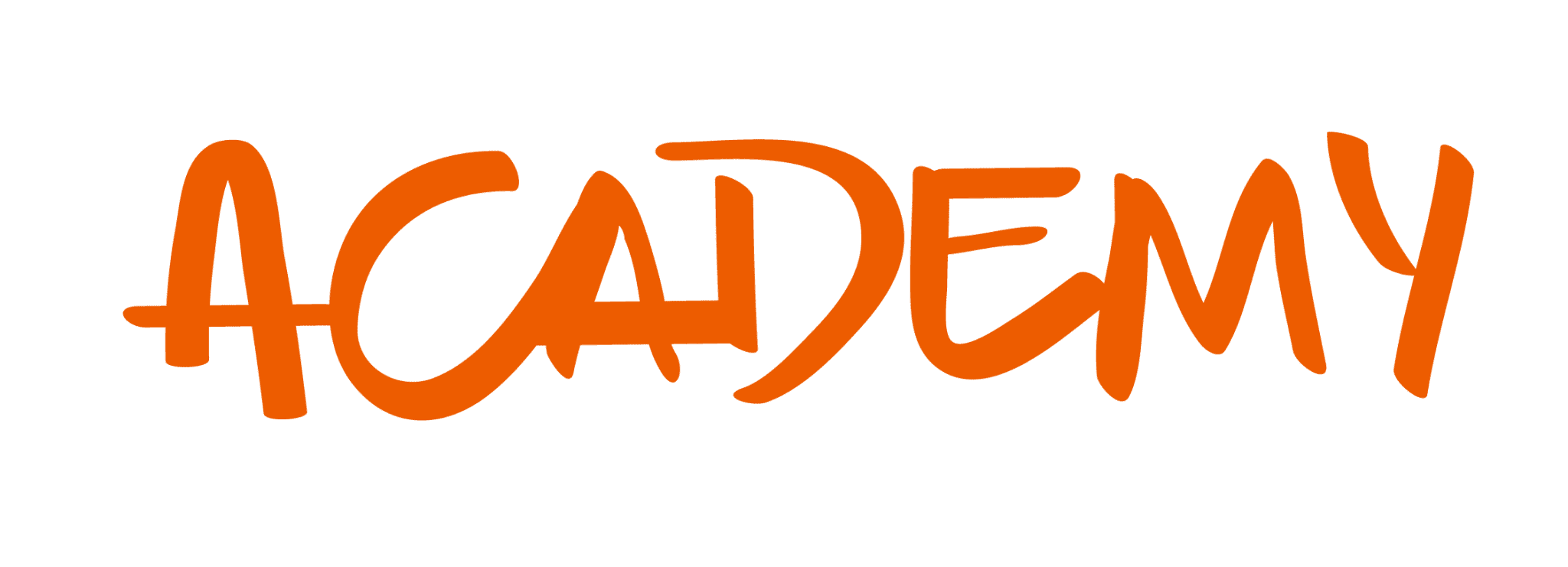Resource management and profitability analysis can be what makes or breaks a business. As such, it shouldn’t only be of interest to CFOs and financial administration. In this day and age, using Softwares to help manage and acquire information about daily operations is a requirement.
If the revenue from sales covers the expenses of operating then you are turning a profit, right? Yes, but it’s not so simple. There’s a great number of possible actions to implement in order to reduce cost without hugely affecting revenue and cash flow, or improve the bottom line with a marginal increase in costs. The possibilities and opportunities for business growth and increasing profit are endless when you access the pertinent data and get the right tool for the task.
How Do We Measure Profitability in the Service Industry?
The professional service industry has certain Industry-based subtleties. You won’t be looking at the same metrics a fast-food chain would. Some of the measures of profitability, metrics, and KPIs are common and important in every type of business, like Gross Profit, Operating costs, Net profit, among others.
In order to improve a company’s ability to be profitable, a service business needs to take special attention to their pricing analytics, and the amount of money they actually show. This involves the metrics and associated tools that are utilized to understand how pricing affects the overall operation. This data is the key to better performance and the optimization of a business’ pricing strategy.
Pricing analytics, the soul of Professional Services
Every single business vertical can benefit from pricing analytics. And it’s even more important when a company is growing. Bad processes and bad company profitability will only grow in size along with the business. Maintaining the problem while expanding won’t bring more revenue, it will only increase the number of operations while keeping the margins as they are.
Businesses with many services, with several pricing points, different types of deliverables, and several customer tiers, are the ones that can benefit more from understanding pricing analytics. Success in the service industry is accomplished by understanding the factors that drive the value of the services offered, increase the lead conversion rates, and keep returning clients to the company. Let’s take a look at some typical metrics, and then compare them to service-specific ones.
Back to basics
These ratios are also needed in order to know if the business is profitable or not. Even if a company earns a better profit it doesn’t mean it’s financially healthy. Margin and profitability ratios are better predictors of health and long-term growth than mere dollar numbers. In order to get the ratios the first step is to calculate 3 things from the company’s income statement:
- Gross Profit = Net Sales – Cost of Goods Sold
- Operating Profit = Gross Profit – (Operating Costs, like Selling and Administrative Expenses)
- Net Profit = (Operating Profit + Any Other Income) – (Additional Expenses) – (Taxes)
Now you can calculate the ratios, which give a better idea of the financial health of a business.
Gross profit margin ratio
This one shows the profit after deducting materials, direct labor, inventory, and product overhead. It doesn’t take into account general business expenses, like rent. The formula for this ratio is:
Gross Profit Margin Ratio = (Gross Profit / Sales) x 100
The importance of this ratio is its stability. The gross margins are not supposed to fluctuate from one year to another in a healthy company. Unless there was a commotion or important event in the pertinent industry that directly affects pricing. Or a pandemic, that could also do the trick.
Operating profit margin ratio
This figure represents the company’s current earning capabilities. An increase in operating profit is a sign of a healthy business. The formula is:
Operating Profit Margin Ratio = (Operating Income / Sales) x 100
This margin shows how efficient your operation is. This would be the best rate to compare your returns with other companies or industries since it illustrates the ability to turn sales into a pre-tax profit. When you have software that can streamline the process of cross-referencing many years of data it can become an ally when planning to offer different services or expanding into new markets.
Net profit margin ratio
This is the big picture, the ratio that can grant you an overview of the actual profitability of the business. A comparison should be kept inside the same industry, due to the fact that there are some that have huge profit margins, like real estate or pharmaceuticals, and others are not as high. Check out the industry standards in order to use them as a benchmark, and perform an internal year-to-year comparison to check on your performance. The formula is:
Net Profit Margin Ratio = (Net Income / Sales) x 100
Net profit margin is comparable to operating profit margin, except it accounts for earnings after taxes. It really shows how much profit you can extract from your total sales.
Professional Service’s differentials
Most professional services businesses’ units of operation can be measured in projects. This is an exemplary way of managing each element that amounts to the overall work a company does.
We have already discussed the importance of profitability analysis by project managers, they can have a vital role in improving the bottom line of a company. It is a simple way of knowing which projects are important, and if a type of project is not worth the time and resources it would cost to take on. Some businesses fail to prioritize and take on projects that have very slim profit margins, negatively affecting the revenue and profitability of a business as a whole.
High fees and invoicing are not the same as a profitable business. A low employee utilization rate, wasted resources, not knowing how to calculate fees, and scope creep can be the end of a good business idea.
Operational transparency in every area of the company is a must, having the big picture regarding resource management, work hours allocation, and employee utilization rates can help implement the right changes and improvements in the right places.
Profitability Index
This tool is a great way of knowing, in only a few actions, if the project at hand could or could not be profitable. This can be calculated in the following way:
PI= Updated value of future cash flow / Initial project cost
This shows the earned money for each dollar that is invested. If the index is over 1, then it will most likely be profitable. If it is over 1, then it will be a very profitable one. If it is exactly 1, the project will most surely break even. If it is lower than 1, it is not a viable project.
Employee’s Utilization Rate
A professional service business usually requires a lot of employee’s time and hours in order to finish deliverables and projects. The service industry usually doesn’t have severe production costs, since their products are intangible solutions and not commodities. So the cost of production can be allocated in the billable hours the talent invests in each task.
Employee utilization is an optimal metric for knowing the productivity of a business. It shows how much of an employee’s available work hours are spent doing billable tasks. This is how you calculate it:
Employee utilization = (Billable hours / total hours in a workday) x 100.
Of course for this to be easily measured your company should use a time tracking feature from their project management software.
Why Do We Need Data? Clever Decisions
Data is the new oil, as our case study from Havas, HOY shows. Instinct and hunches are desirable traits, but if you have nothing to back it up and grant you knowledge of your operation, then they are useless. Implementing long-term projects, developing new services, acquiring new talent, are all important endeavors that require data and clear analysis in order to be growing actions and not a waste of resources.
Professional services need to improve their margins, and as vertical industry, they need to be up to speed on all the ways technology can help them specifically.
Client insight
Knowing your client is a good way to improve the relationships with them, and know how the business they bring to your company affects the bottom line. When you manage to have historical data on the projects done for a client, you can cross-reference that information with other metrics, in order to understand which customer segment is the most valuable to you.
Maybe you have been working with a client for many years, but you recently realized the service you provide for them is not actually profitable. You could re-negotiate your fees, or elongate the time for deliverables. When you know where the problem is you can fix it, and having a discussion with a client while being able to show them where the fees come from can set you apart and revalue your work.
Value overpricing
Many businesses don’t have a clear grasp of how to price efficiently. But when you have software that lets you know how many hours each task requires for completion, how much those billable hours are, and how long a project will take, then you are in another league for business making.
Optimizing your pricing is nothing new, but the tools to do it effectively are. Data can tell you how much you need to invoice for in order for a service to turn a good profit. Information can let you give feedback to the client and explain to them, and how much the present value you give them costs.
Smart business decision-making
When you know what are the most and least profitable services you offer, you can dedicate resources to improve them and streamline processes to make them more efficient. Let’s imagine for a second that there’s a type of project that’s not as profitable as you wish it was.
With data you can see where the issue lies, maybe you don’t have any specialists in that area, so by training your team you could improve the quality of their work. Or maybe you need more talent, so you look through the reports, and notice that a certain type of worker could be a good acquisition for your developing projects. Even if there’s a type of service that’s not profitable, you can improve margins just by stopping that offer.
How to Choose a Tool That Can Help You With This?
When searching the market for a software solution, you need to look at certain features and model types, in order to take a step in the right direction.
The project management tool needs to work like a well-oiled machine, scheduling and time tracking feed on one another, task cost estimation requires historical data, and profitability analysis needs specific data building points in order to work.
Our software is an all-in-one solution. There’s no need to pay too many exorbitant licenses or to struggle with obsolete APIs. Every employee, like team members, external collaborators, PMs, and C-Levels, is in the same boat. They can communicate in a fast, and transparent way with one another while checking the progress of a project and the tasks assigned to them.
Our time tracking feature allows for team members to inform on what they were working on in a simple way, and feed the AI in order to make better and more efficient projections and profit estimation.
Automated reporting can be a lifesaver for the financial team, providing them with clear balance sheets, financial statements, operating expenses, and cash inflows through a simple cloud-based database from anywhere in the world.
At COR we aim to help professional service businesses get the monetary recognition they deserve. When the service provided centers around hard-to-measure statistics, internal data can give you the secure knowledge you need to move in the right direction.















